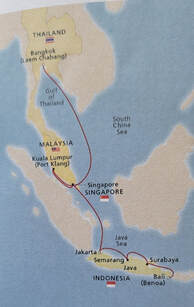
We arrived in Bangkok on November 1st and proceeded to Port Laem Cha Bank to get on board the Viking liner. A 90 minute ride, first through the city and then into the rural countryside, with a driver that, essentially spoke no English. An interesting trip and fortunately uneventful - which was good. Our daily excursions began in Thailand and for the next thirteen (13) days we were exposed to a collage of sights, sounds, smells - many of them pleasing and pleasant, other less so. But that's later. As of now we were underway.


That said, the indigenous people also attached themselves - willingly or not, to the British. English is the official language; laws and customs - public and private, all reflect the British influence - a replica of Big Ben, for example. In times of conflict, that influence was also present. Standing in the center of the Capital - Kuala Lumpur, is a monument - The Tugu Negara; much like the Iwo Jima Memorial, commemorating Malaysia's struggle and eventual victory against Japanese aggression during WW2.

The Archaeological records date back 100,000 years - as displayed on a chart. This, according to Yuval Harari author of Sapiens, is about the time when homo sapiens began their huge migration out of Africa. The timing is as striking as it is compelling and forces us to consider the realities of human evolutionary development and disbursement versus the ever present and celebrated Religious narrative.
How evolution, over time, modified the structural features and behavior of Homo Sapiens, as they migrated out of Africa, is still a vast unknown. Speculation is huge; factual information and findings, NOT SO MUCH. But extremely interesting, nonetheless.
The level of homogeneity within the region is extensive. Albeit that each country is viewed as separate and relatively unique, the population, as such, is grounded in a common genetic footprint. Starting from as far north as Manchuria and traversing south to Indonesia - which is just above Australia, the blended similarity is clearly visible with minor modification in skin tone and facial features. And not surprisingly, many of the early cave drawings and carvings on display in the museum reflected some resemblance of images found in Africa. The array of photographs shown below is an attempt to dramatize this point. Individual pictures span the region from Bangkok - our starting point, to Bali, Indonesia or final destination.

The predominant religion is Muslim/Islam, accounting for approximately 40% of the population. In Bali, unlike the other cities, Hindus account for 80% of the population. More on the Hindus in Bali.
The structures are magnificent and lavished with care; and appeared to be engulfed in constant activity, ranging from tourists on tour as well as various religious and other festive events.

A nation of 6 million people, residing on a foot print of less than 300 sq miles. As would be expected, land is at a premium - reserved for the super rich. However, 80% of the population own their own homes; this, courtesy of the government. The majority of Singaporeans live in government sponsored condominiums. The city is dotted with dozens of these 15 - 20 story structures, each housing hundreds of families and thousands of people. The government facilitates the financing at more than affordable interest rates. In addition, there are several dozen smaller islands that border the coastline of the main island. Many of these islands are inhabited; many are not. And life on these islands is extremely rural and nothing like living on the main island.
Singapore is proud to attest to the religious tolerance on display in their country. it is not uncommon to see three (3) places of worship, each of a different faith, all on the same block - much like it was in Malaysia. The predominant religion is Buddhist - 31%, followed by Christianity - 19%, and Muslim - 15%. There are other active religions - mostly historic to the indigenous people living on the coastal islands.
The relatively harmonious lifestyle, existing among a fairly diverse group of people is due in part to effective governance. Laws are created, implemented and rigorously enforced. For example - firearms are all but prohibited. If a crime - say a robbery is committed and a firearm is present; doesn't matter that it wasn't used. If the person is found guilty he/she will face an extended time - if not life in prison. If the firearm is used, even if no one is killed or even injured, if convicted, the person will be sentenced to death - no discussion or plea bargaining. Singapore is one of the safest countries in the world.
The socioeconomic status of this island nation is stellar and worthy of a quick read, at a minimum. If interested, please click on the blue highlight to access detail information on the financial and economic statistics of the country.

As can be expected the accident statistics are staggering - click on blue to review fact sheet. However, observing the continuous flow of scooter traffic makes it clear that the high mortality toll has been absorbed by the populous and accepted as the norm. Not uncommon to see a family of 4 or 5 neatly tucked onto a scooter, just zipping along
 Tambora Eruption - 1815
Tambora Eruption - 1815 More recently, in 2004 - December 26th, an earthquake in the Indian Ocean generated a massive tsunami which slammed into the coast of northern Sumatra, Indonesia unleashing havoc across the islands and coastal towns of the region. The area was a very popular location for tourist and many of the latter were caught up in the suffering and loss. In 2012, Netflix released the movie The Impossible; a story about one family's experience in the trauma of that day. The death toll of this tragedy was estimated at 228,000 people, across 15 countries - from India to Indonesia.
Our travels did not take us anywhere close to the ground zero of these events; but it's reasonable to conclude that So East Asia is a hot bed of active seismic activity. Approximately 6 weeks after returning home, an earthquake rocked Myanmar and a moderate tsunami came ashore outside the city of Bangkok; no damage or loss of life reported. Whew, that was close!

A normal day for many/most Hindus starts with prayer and an offering to one of the many Gods, asking for guidance and support for the tasks to be completed that day. In conversation with Mad'e, I asked him what happened if the task was not completed or not even started - And he said. "... well the first thing that's done is to go to the temple or alter and beg forgiveness from the God, for having failed to accomplish the task..."; and then the process is repeated - supplication and prayer, along with another offering for guidance and support for either another task or the task not previously completed. Amazing!

The monkeys are wild but cared for. Feeding is a daily event and the government manages the population growth and provides healthcare.
In addition to enjoying its natural beauty, the Park is also home to a variety of celebrations - festivals and plays, alike. As the sun slowly sets, people begin arriving at the amphitheaters, in preparation for the performance for that evening. We were fortunate - compliments of Mad'e, to attend a special presentation of an ancient Hindu folklore. The performance was presented in Operatic style - pantomiming and singing; and of course within a collage of colorful costumes and props. The setting was near perfect and the performance thoroughly enjoyable, albeit that the lyrics were totally foreign.
The western shore of Bali presented the Indian Ocean - first ever for us. At a glance it looked like any other body of water; but a moment of reflection on where we were and how far away was home, suddenly the vastness and grandeur of the visual took on an entirely different meaning.

Farming methods were primitive but clearly effective; and dedication to the task, simply amazing.
After lunch we visited this little shop and observed a team of about 5 guys designing and molding a variety of images. Pictures of this are included in the slid show, presented at the end.
For dinner, we went to the Apurva Kempinski Bali Hotel, at the Koral Restaurant. The hotel is extensive as it was elegant and the aquarium surrounding the restaurant was amazing, to say the least. Pictures simply do not capture the true ambience of the setting but we gave it a go.
We departed Bali the following morning en route to back to New Jersey, via Dubai and Frankfurt. Twenty Four hours of actual flying time. Whew! Glad to be back home!
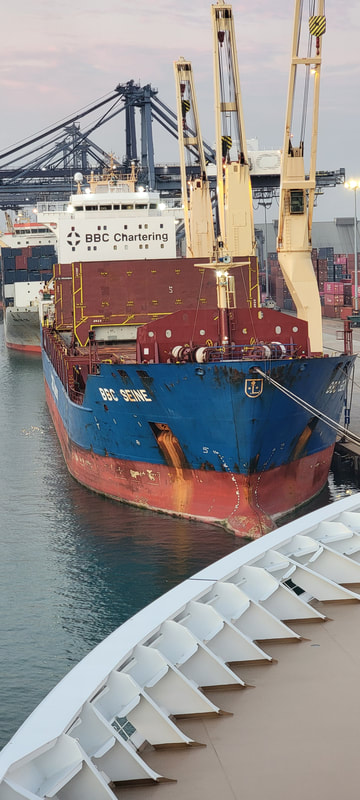




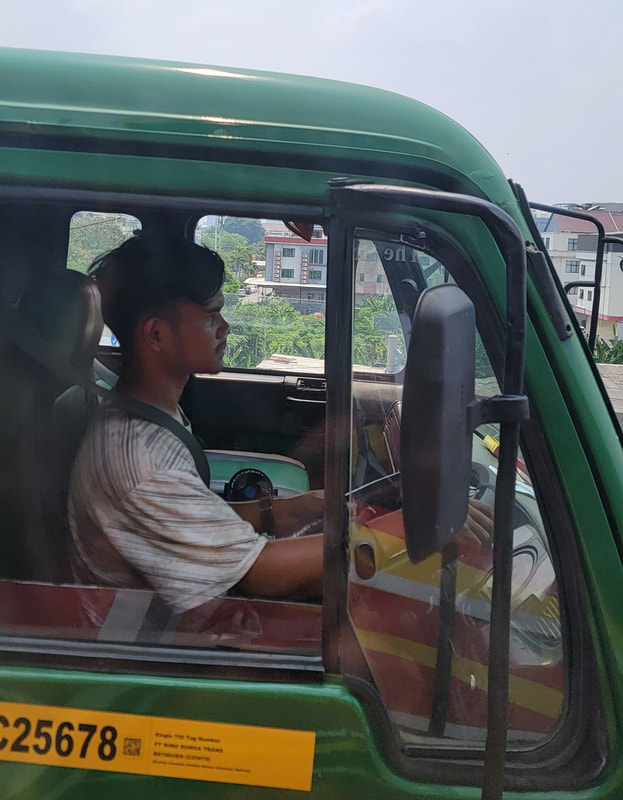

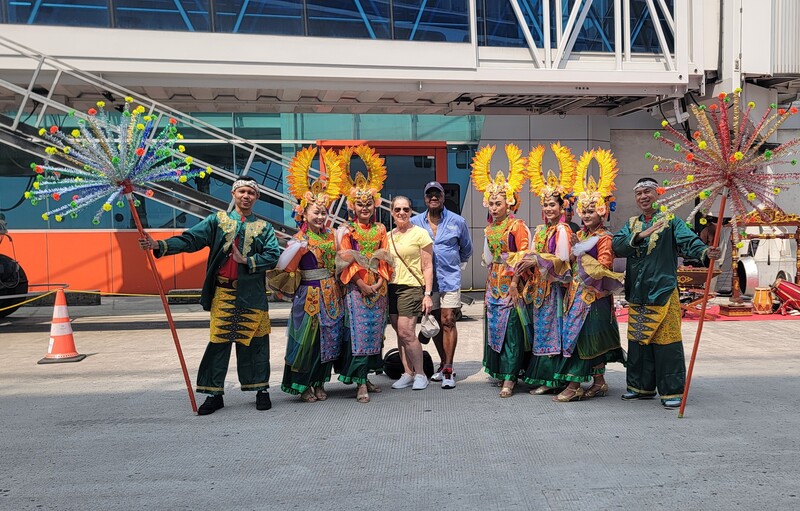
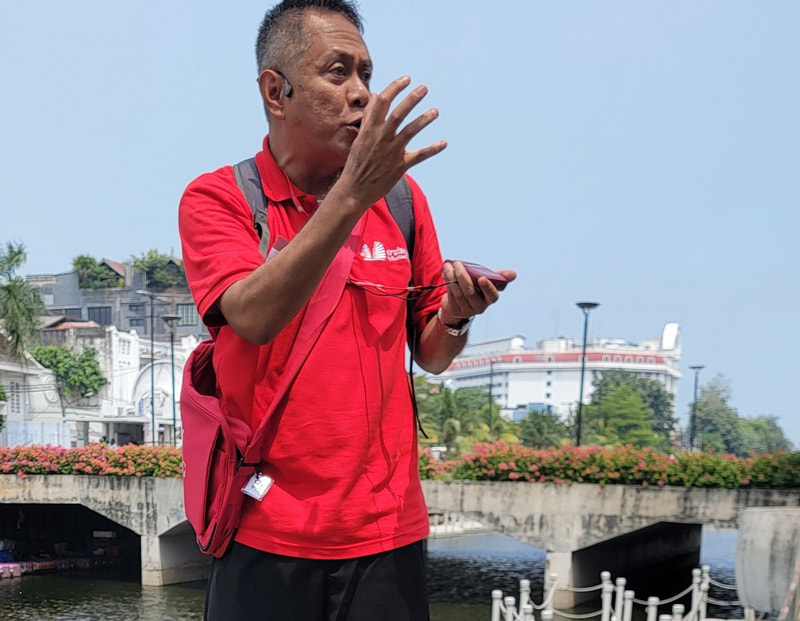

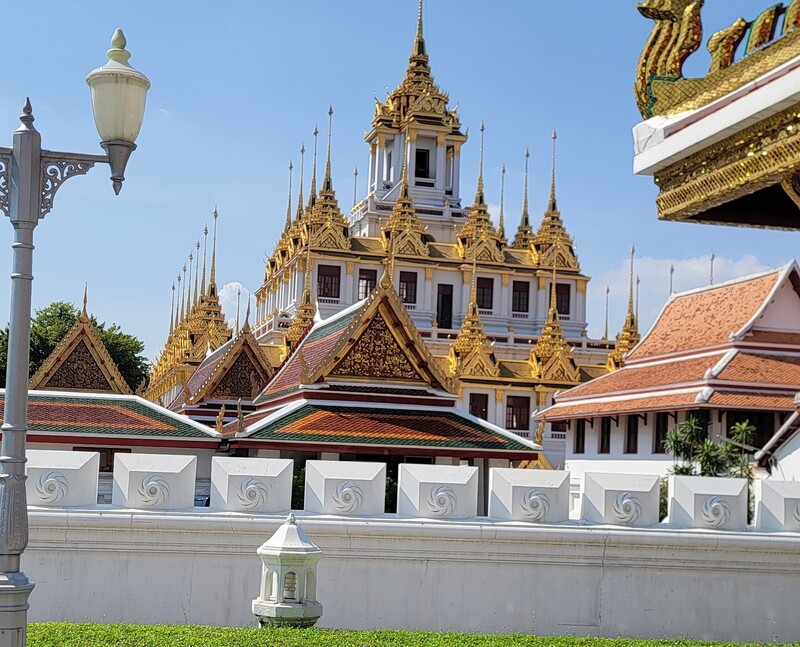




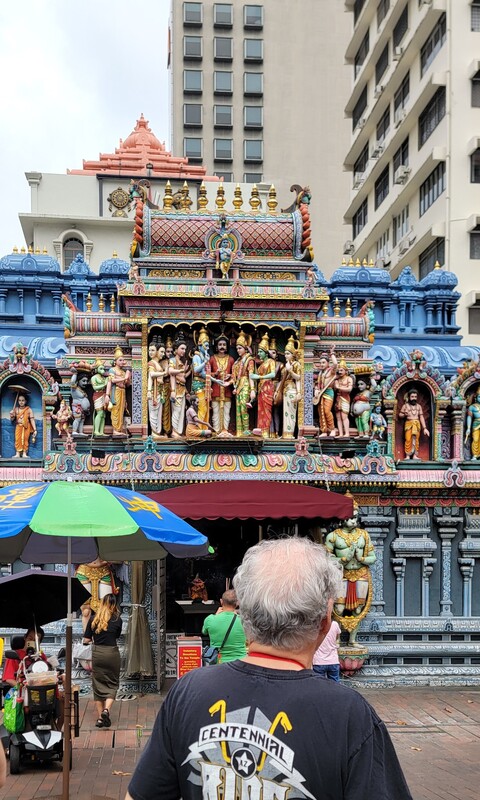


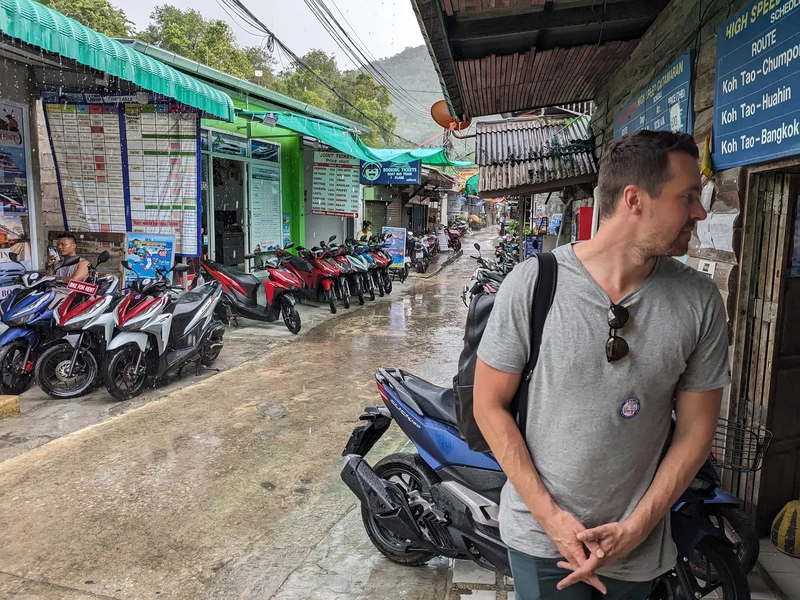

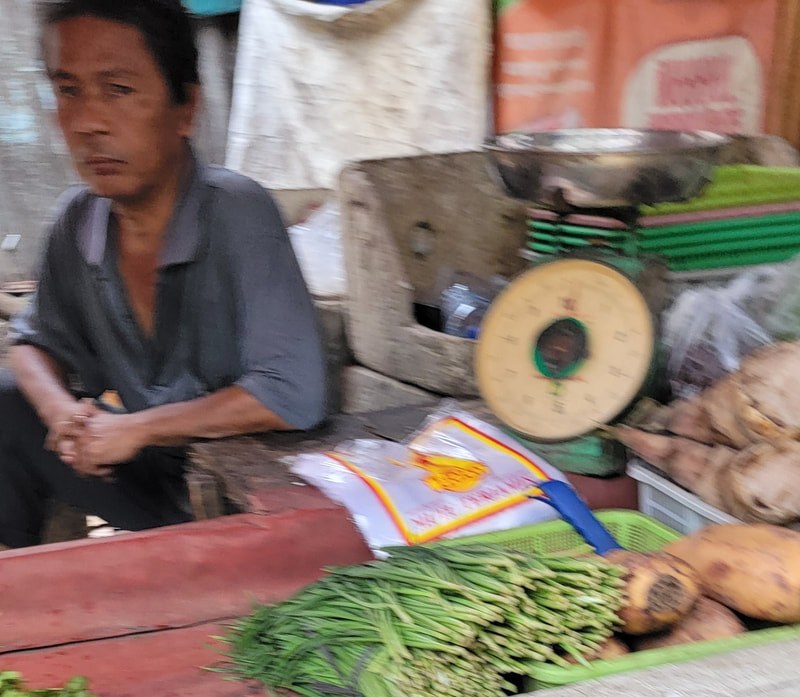
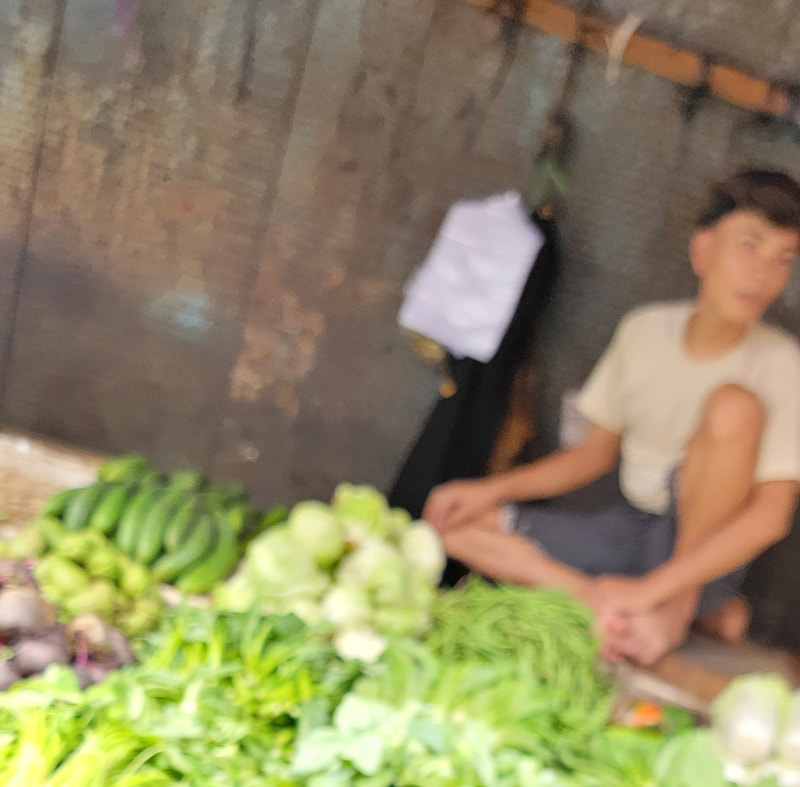
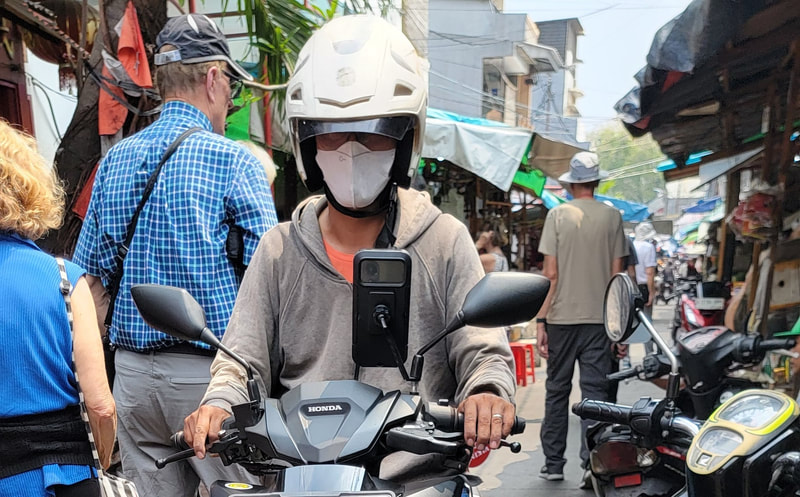



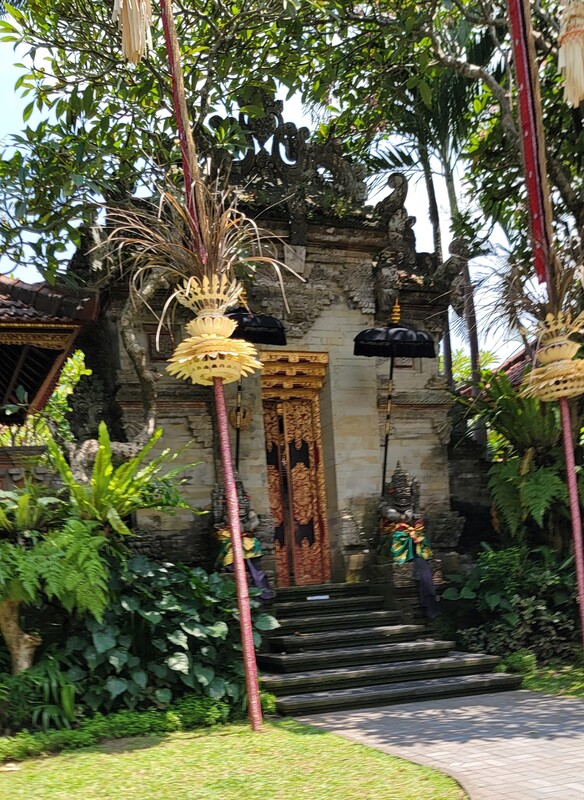
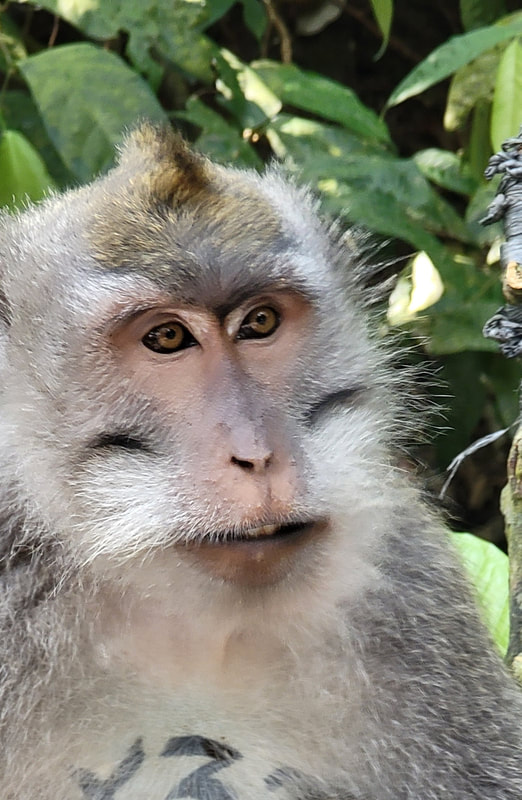
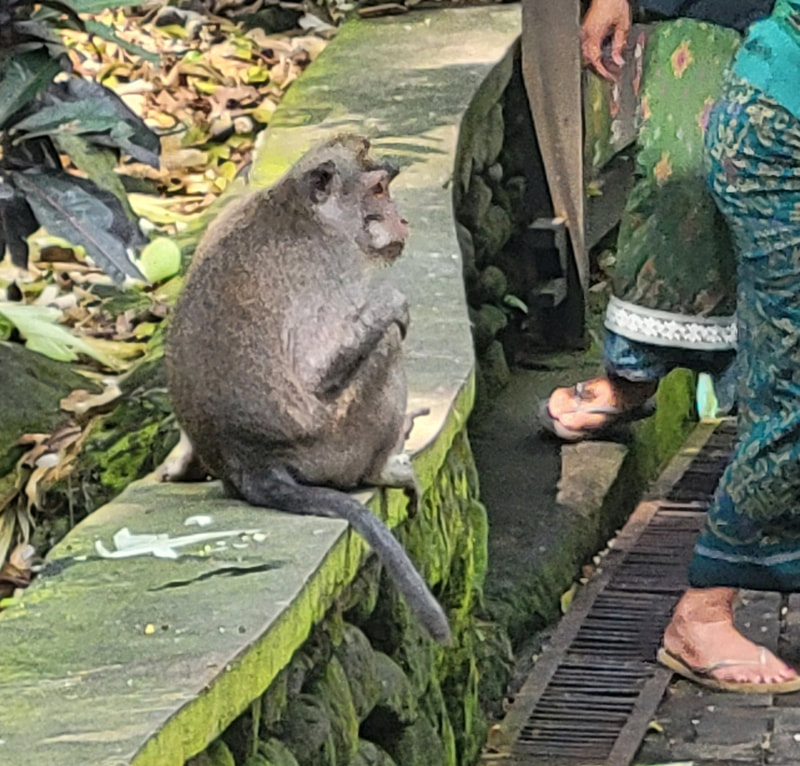



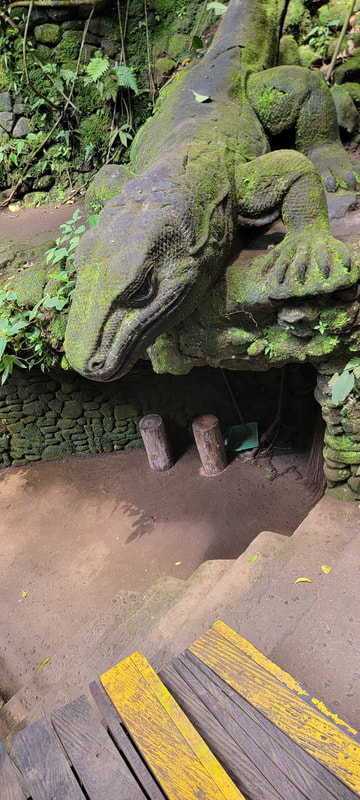


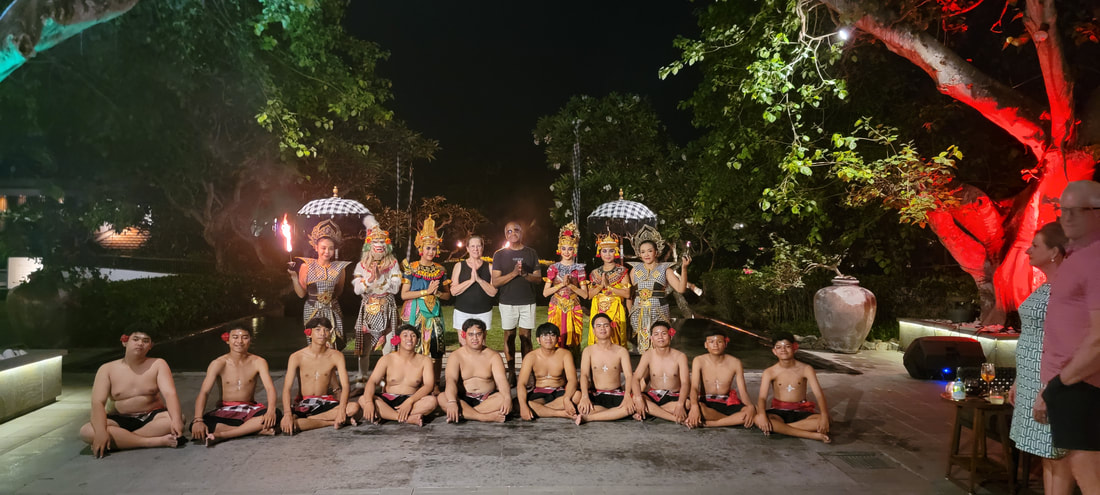

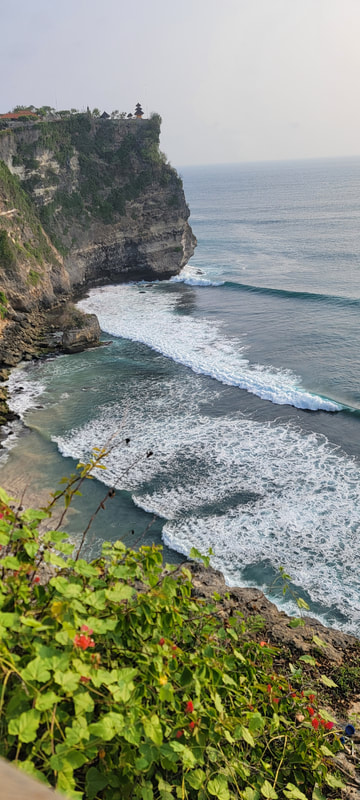
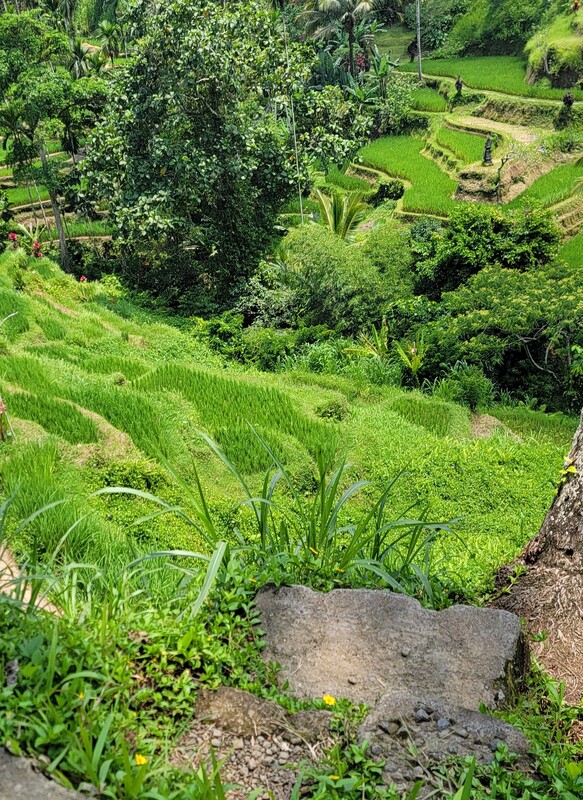



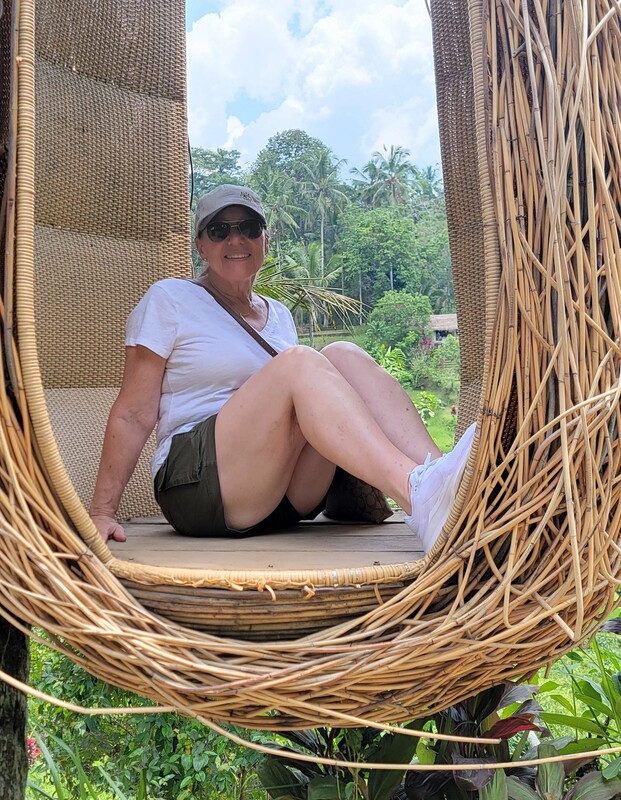
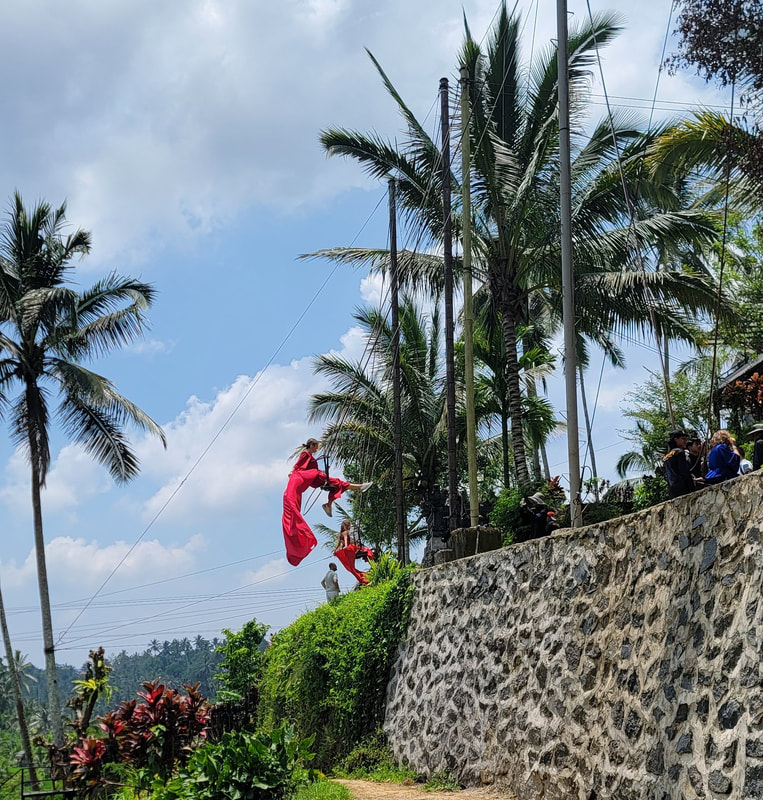



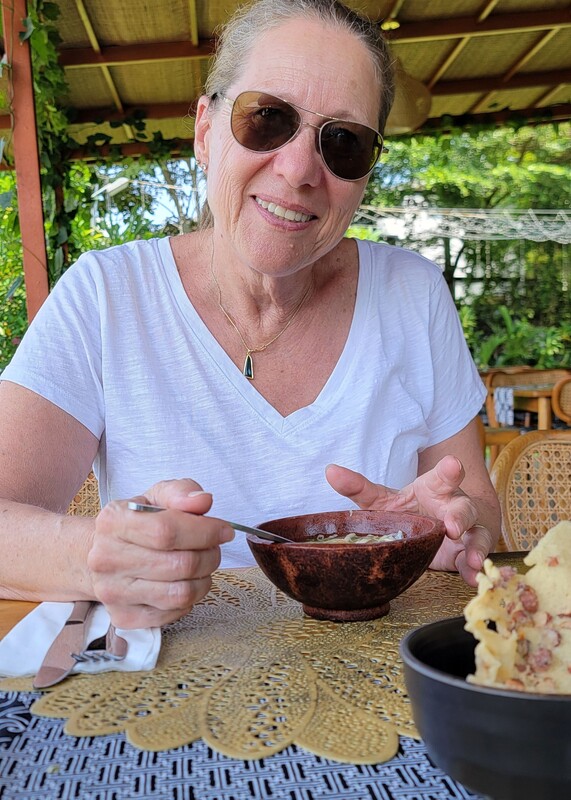

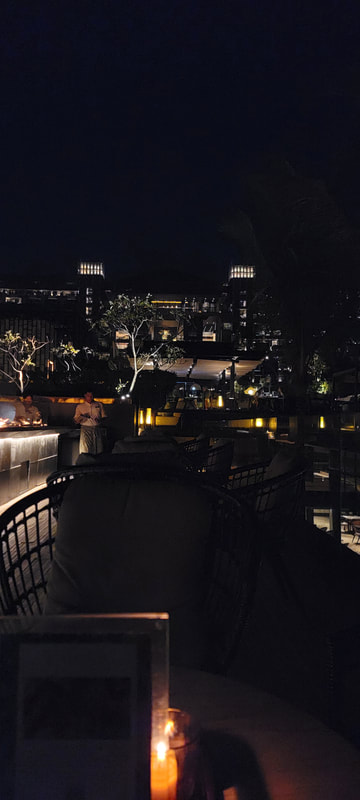



 RSS Feed
RSS Feed